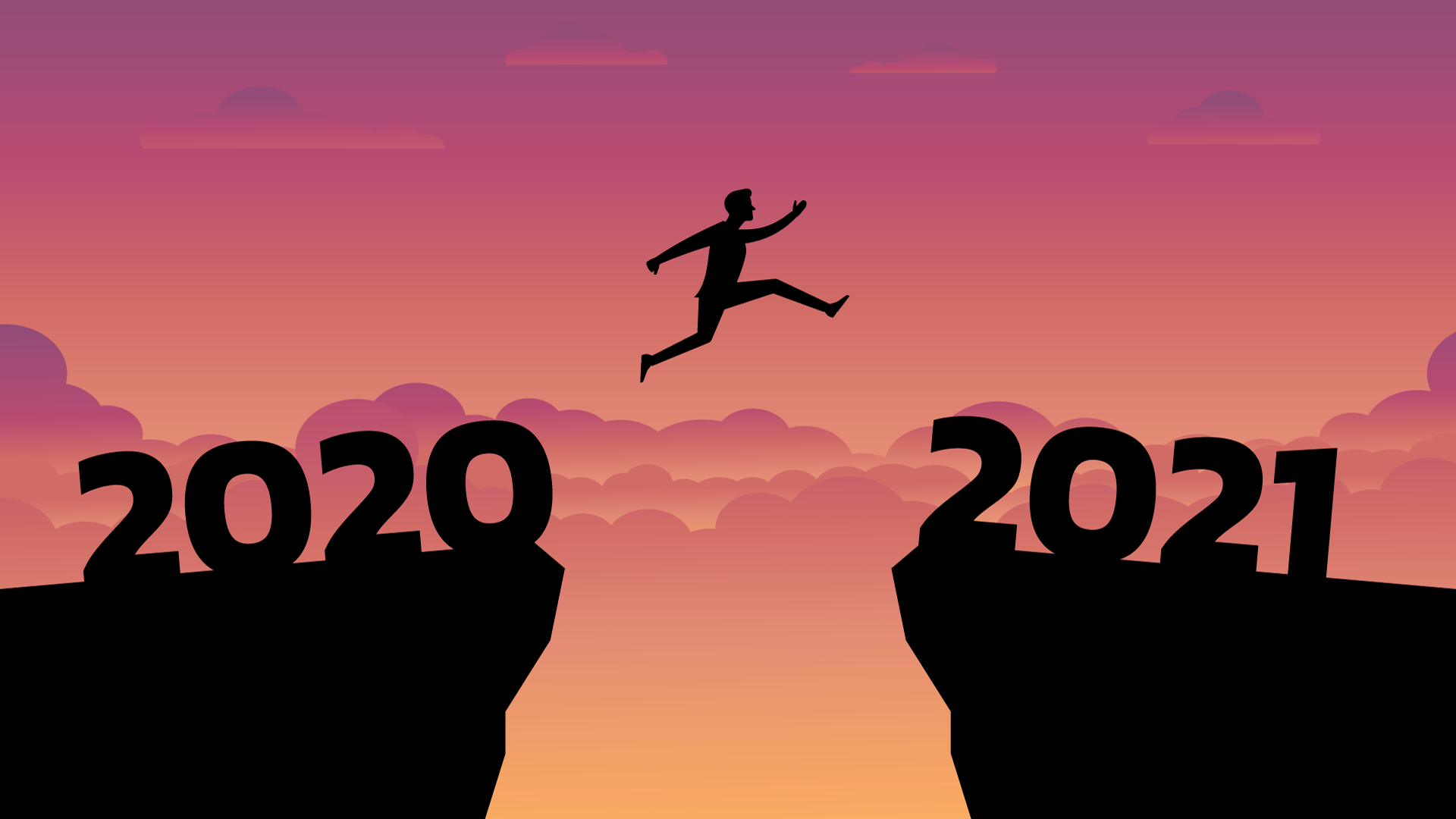Spread the Word
The term broadcasting evolved from the agricultural method of sowing seeds in a field by casting them broadly. (This also explains why some fertilizer spreaders are called broadcast spreaders!)
Applied to communications, broadcasting is a one-to-many communications model which started with radio, then moved on to television. Prior to radio broadcasting, all communications were one-on-one. Casting a wide net to reach your target audience is great for some markets, but digital marketing techniques allow for narrowcasting as well (the ability to reach a defined target market through tailored content).
As a marketer, you have multiple campaign tactics at your disposal that can be used to reach your audience. Each instance or campaign element requires consideration of the width of the target audience, (broad or narrow), the channel, the cost, and the expected return.
The tactics you choose have advantages (and some disadvantages), so they cannot be used indiscriminately. We’ve included a sampling of possible tactics in the chart below:
| Tactics | |
| Website | Service programs |
| Social media marketing | Buyers journey campaigns |
| E-commerce site | Shipment inclusions |
| Loyalty programs | |
| Advertising (digital and print) | Conferences |
| Brochures and other collateral | Trade Shows |
| Downloadable content | Presentations |
| Podcast | Training and training material |
| Videocast | Retargeting |
| Premiums and SWAG | Blogging |
| Endorsements and references | Webinars |
| Virtual trade shows | Seminars |
| Print-mail campaign | Telemarketing |
| Special offers (BOGO, try and buy…) | Bundling |
| Configurator | Demonstrations |
The global pandemic has changed our world and impacted our marketing efforts. Trade shows and conferences, mainstays of marketing campaigns, have been postponed or converted to virtual or online experiences. Customer meetings and presentations are predominantly virtual now as well, and digital marketing has become more important as a primary way to get in front of your target audience. Like everything else, we adapt.
Video and Podcasting
Video is a powerful medium for messaging, and while popular before the pandemic, accessibility and perceptions have changed. Live video with multiple actors is difficult with new social distancing regulations, so consider animations, text-only videos, or single actor videos. Tailor your pitch to what you want to accomplish. Define the key message or unique selling proposition before you script and storyboard. For additional stickiness, consider parsing your content into a sustainable series for people to follow.
Many people are posting ad hoc videos on social media sites, as well as links to corporate videos. While some social conventions have relaxed during the crisis, consider that if you are posting a video as a representative of your employer, you should dress, act, and set the stage with your professional mindset.
Make sure there are no children or animals on the set and check your surroundings and background through the lens of the camera. (It’s amazing how many news anchors broadcasting from their homes are getting comments on their choice of furnishings, with viewers distracted by the background instead of listening to the content.)
Podcasting is a medium that continues to grow in popularity due to its portability and ability to fit into a listener’s multi-tasking workflow. Podcasting is effective in getting messages across — it’s personable, human, and persuasive. The keys to effective podcasting are good content and scripting, a broadcast-quality microphone, and a subject matter expert to converse with (if applicable). You will also need audio editing software such as Audacity, and web publishing software such as Podcast Generator. If you are doing an introduction and using background music, it should not distract from what you are saying, so use something innocuous, and set it at a volume level that is barely audible in the background when you are speaking.
Marketer, Market Thyself
Once you have produced your podcast or videocast, you must market it. Ensure that you have an intriguing title that entices the reader to learn more from your content. (Content which is essential to their existence, of course!)
Graphics and keywords in your advertising should engage so that curiosity leads to a click on your link. Don’t give away the entire story in the headline or in the meta description, and include a focused call to action or website link for follow-up.
Periodically check on the performance metrics of your post, and adjust the marketing messaging if needed to improve results. Likes and shares will boost your broadcast, and multiply your visibility.
If you need help with getting your message out through podcasting or video, contact us for a 30-minute consultation.



